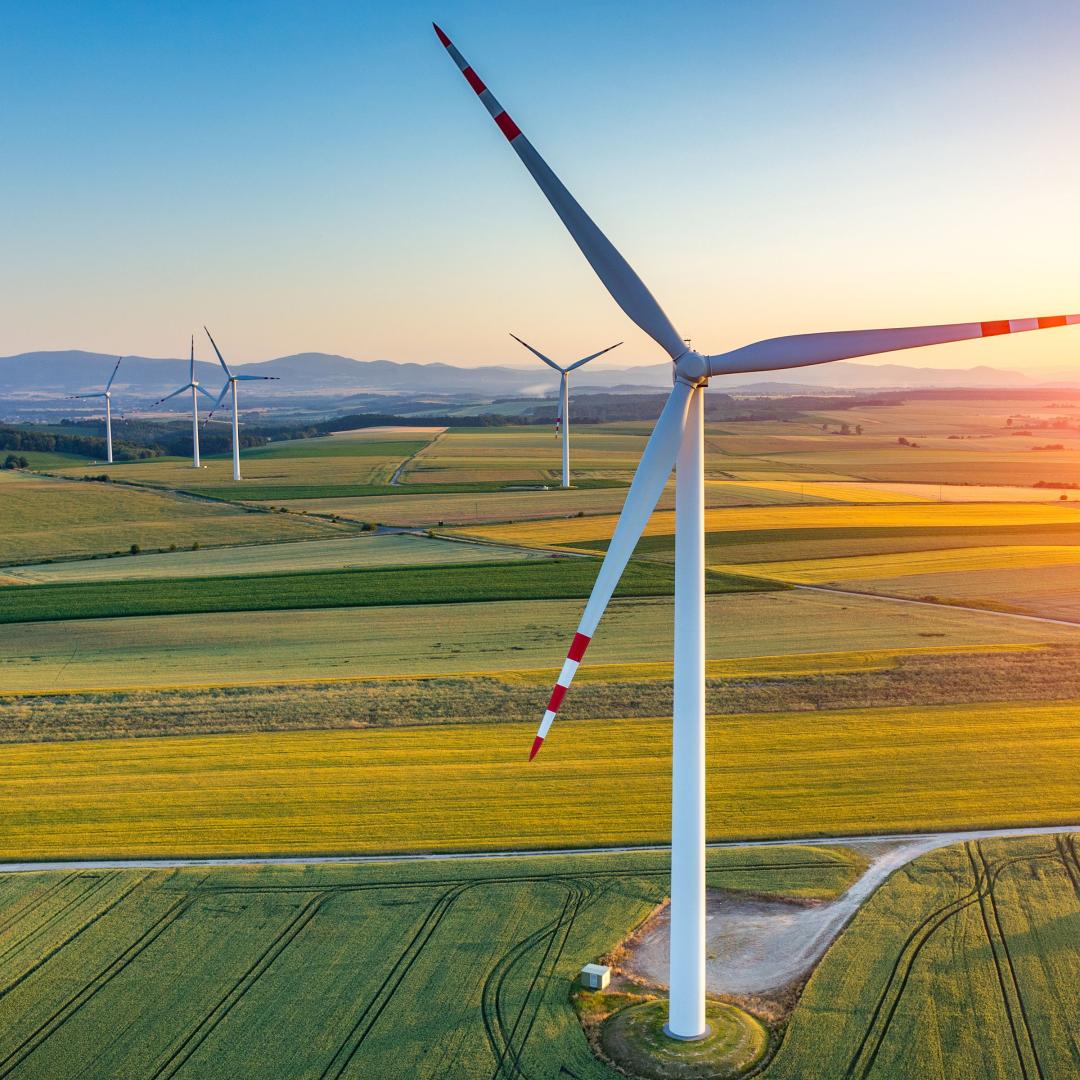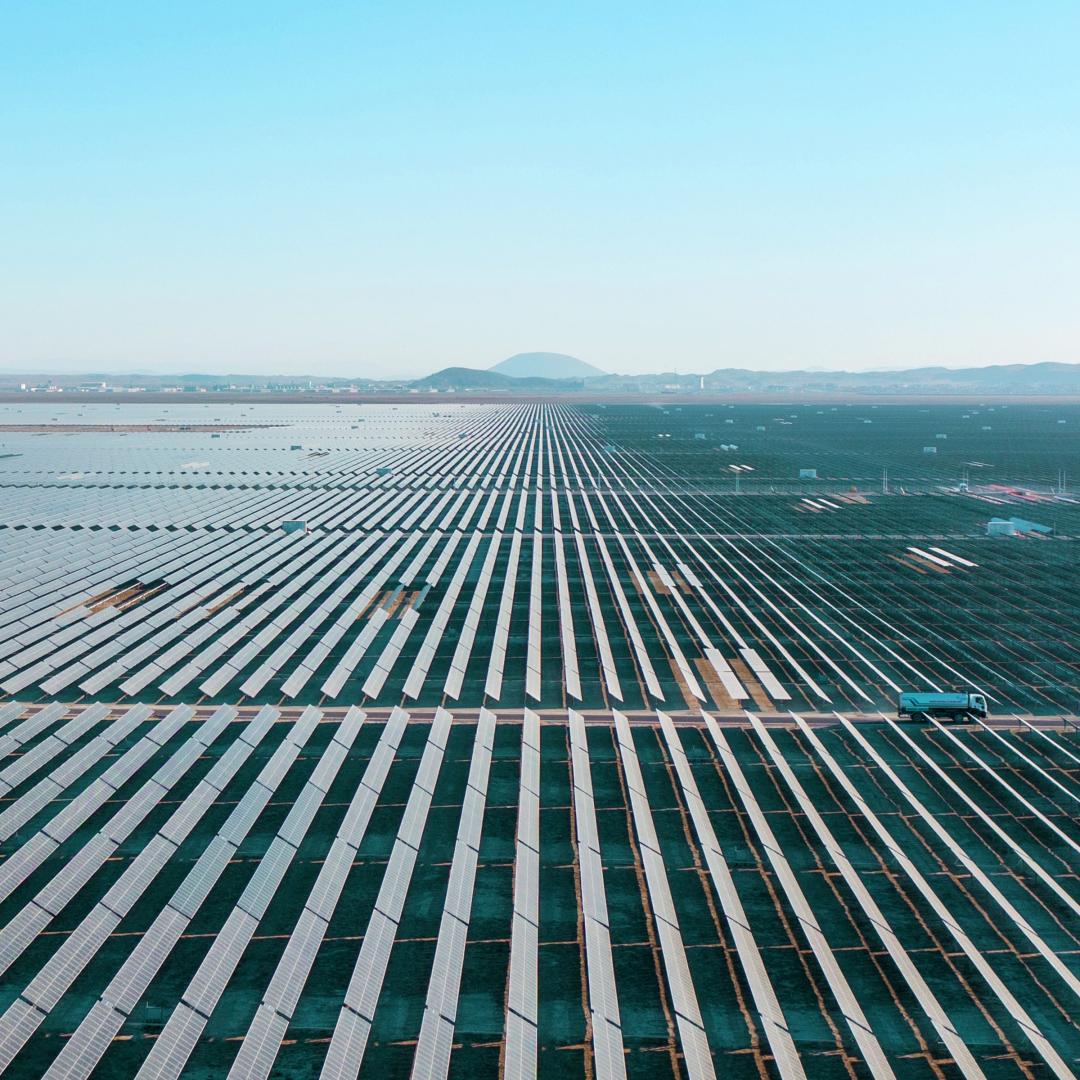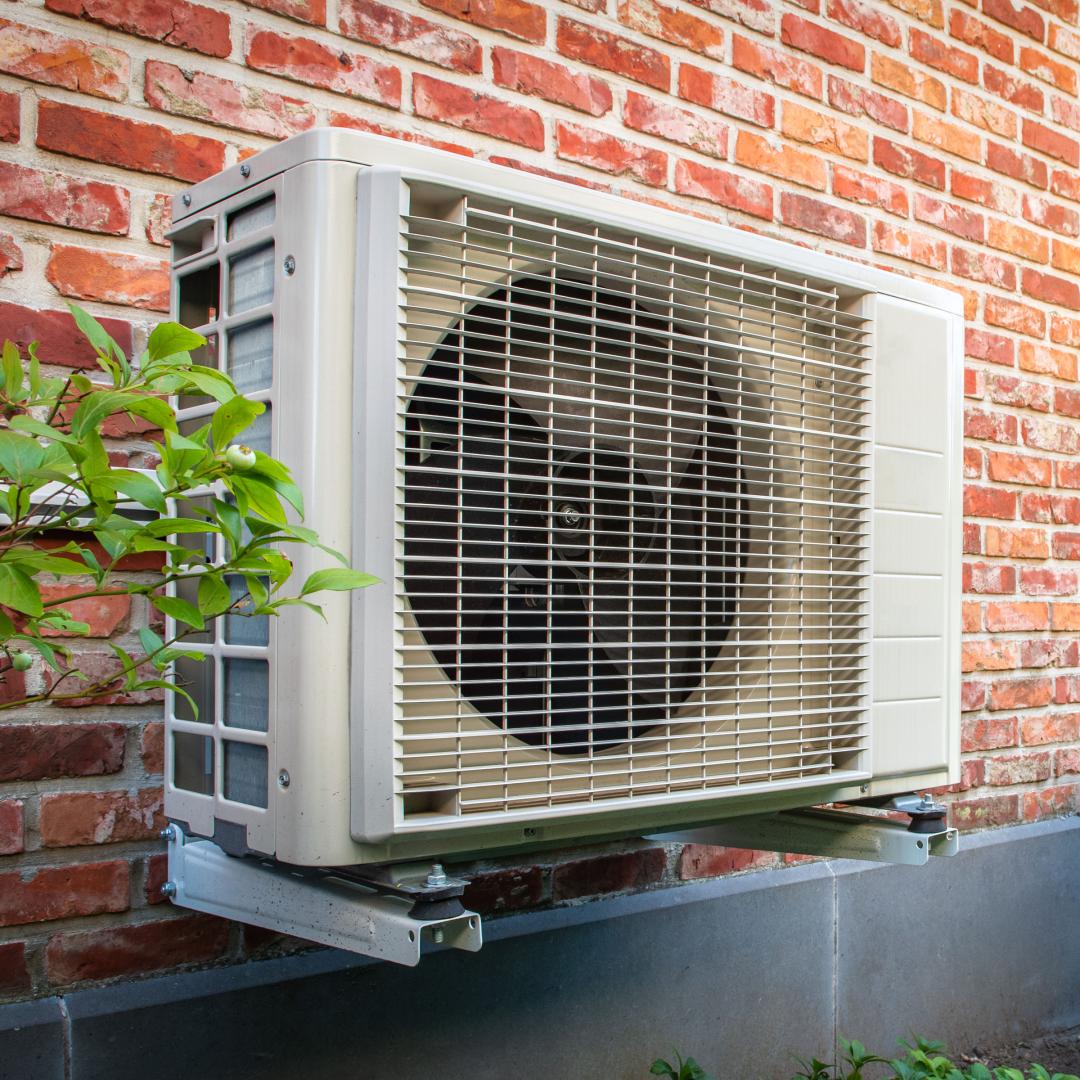Adeyeye, K., Ijumba, N., & Colton, J. (2020). Exploring the environmental and economic impacts of wind energy: A cost-benefit perspective. International Journal of Sustainable Development & World Ecology, 27(8), 718–731. Link to source: https://doi.org/10.1080/13504509.2020.1768171
Albanito, F., Roberts, S., Shepherd, A., & Hastings, A. (2022). Quantifying the land-based opportunity carbon costs of onshore wind farms. Journal of Cleaner Production, 363(132480), 0959–6526. Link to source: https://doi.org/10.1016/j.jclepro.2022.132480
Angliviel de La Beaumelle, N., Blok, K., de Chalendar, J. A., Clarke, L., Hahmann, A. N., Huster, J., Nemet, G. F., Suri, D., Wild, T. B., & Azevedo, I. M. L. (2023). The global technical, economic, and feasible potential of renewable electricity. Annual Review of Environment and Resources, 48, 419–449. Link to source: https://doi.org/10.1146/annurev-environ-112321-091140
Agra Neto, J., González, M. O. A., Castro, R. L. P. D., Melo, D. C. D., Aiquoc, K. M., Santiso, A. M., Vasconcelos, R. M. D., Souza, L. H. D., & Cabral, E. L. D. S. (2024). Factors influencing the decision-making process at the end-of-life cycle of onshore wind farms: A systematic review. Energies, 17(4), Article 848. Link to source: https://doi.org/10.3390/en17040848
Barthelmie, R. J., & Pryor, S. C. (2021). Climate change mitigation potential of wind energy. Climate, 9(9), Article 136. Link to source: https://doi.org/10.3390/cli9090136
Beiter, P., Cooperman, A., Lantz, E., Stehly, T., Shields, M., Wiser, R., Telsnig, T., Kitzing, L., Berkhout, V., & Kikuchi, Y. (2021). Wind power costs driven by innovation and experience with further reductions on the horizon. WIREs Energy and Environment, 10(5), Article e398. Link to source: https://doi.org/10.1002/wene.398
Clarke, L., Wei, Y.-M., De La Vega Navarro, A., Garg, A., Hahmann, A. N., Khennas, S., Azevedo, I. M. L., Löschel, A., Singh, A. K., Steg, L., Strbac, G., & Wada, K. (2022). Energy Systems. In P. R. Shukla, J. Skea, R. Slade, A. Al Khourdajie, R. van Diemen, D. McCollum, M. Pathak, S. Some, P. Vyas, R. Fradera, M. Belkacemi, A. Hasija, G. Lisboa, S. Luz, & J. Malley (Eds.), Climate change 2022: Mitigation of climate change. Contribution of working group III to the sixth assessment report of the intergovernmental panel on climate change (pp. 613–746). Cambridge University Press. Link to source: https://doi.org/10.1017/9781009157926.008
da Silva, V. P., & Galvão, M. L. d. M. (2022). Onshore wind power generation and sustainability challenges in northeast Brazil: A quick scoping review. Wind, 2(2), 192–209. Link to source: https://doi.org/10.3390/wind2020011
Diógenes, J. R. F., Claro, J., Rodrigues, J. C., & Loureiro, M. V. (2020). Barriers to onshore wind energy implementation: A systematic review. Energy Research & Social Science, 60, Article 101337. Link to source: https://doi.org/10.1016/j.erss.2019.101337
Energy Information Administration. (2022). Levelized costs of new generation resources in the Annual Energy Outlook 2022. U.S. Department of Energy. Link to source: https://www.eia.gov/outlooks/aeo/pdf/electricity_generation.pdf
Energy Information Administration. (2024a). Capital cost and performance characteristics for utility-scale electric: Power generating technologies. U.S. Department of Energy. Link to source: https://www.eia.gov/analysis/studies/powerplants/capitalcost/pdf/capital_cost_AEO2025.pdf
Energy Information Administration. (2024b). Where wind power is harnessed. U.S. Department of Energy. Link to source: https://www.eia.gov/energyexplained/wind/where-wind-power-is-harnessed.php
Global Wind Energy Council. (2024). Global wind report 2024. Link to source: https://www.gwec.net/reports/globalwindreport/2024
Global Wind Energy Council. (2025). Global wind report 2025. Link to source: https://www.gwec.net/reports/globalwindreport
Global Wind Organization & Global Wind Energy Council. (2021). Global wind workforce outlook 2021–2025. Link to source: https://www.globalwindsafety.org/statistics/global-wind-workforce-forecast-2021-2025
Global Wind Organization & Global Wind Energy Council. (2023). Global wind workforce outlook 2023–2027. Link to source: https://www.globalwindsafety.org/statistics/global-wind-workforce-outlook-2023-2027
Gorayeb, A., Brannstrom, C., de Andrade Meireles, J., & de Sousa Mendes, J. (2018). Wind power gone bad: Critiquing wind power planning processes in northeastern Brazil. Energy Research & Social Science, 40, 82–88. Link to source: https://doi.org/10.1016/j.erss.2017.11.027
Haces-Fernandez, F., Cruz-Mendoza, M., & Li, H. (2022). Onshore wind farm development: Technologies and layouts. Energies, 15(7), Article 2381. Link to source: https://doi.org/10.3390/en15072381
Hartman, L. (2024). Wind Turbines: The Bigger, the Better. Link to source: https://www.energy.gov/eere/articles/wind-turbines-bigger-better
International Electrotechnical Commission. (2019). TC 88 wind energy generation systems. Link to source: https://www.iec.ch/dyn/www/f?p=103:7:0::::FSP_ORG_ID,FSP_LANG_ID:1282,25
International Energy Agency. (2020). Projected costs of generating electricity 2020. Link to source: https://www.iea.org/reports/projected-costs-of-generating-electricity-2020
International Energy Agency. (2022a). Electricity generation sources, Asia Pacific, 2022. Link to source: https://www.iea.org/regions/asia-pacific/electricity
International Energy Agency. (2022b). Electricity generation sources, Europe, 2022. Link to source: https://www.iea.org/regions/europe/electricity
International Energy Agency. (2024a). COP28 tripling renewable capacity pledge: Tracking countries’ ambitions and identifying policies to bridge the gap. Link to source: https://www.iea.org/reports/cop28-tripling-renewable-capacity-pledge
International Energy Agency. (2024b). Renewables 2024. Link to source: https://www.iea.org/reports/renewables-2024
International Energy Agency. (2024c). World energy balances—Data product. Link to source: https://www.iea.org/data-and-statistics/data-product/world-energy-balances
International Energy Agency. (2024d). World energy outlook 2024. Link to source: https://www.iea.org/reports/world-energy-outlook-2024
International Renewable Energy Agency. (2024a). Renewable power generation costs in 2023. Link to source: https://www.irena.org/-/media/Files/IRENA/Agency/Publication/2024/Sep/IRENA_Renewable_power_generation_costs_in_2023.pdf
International Renewable Energy Agency. (2024b). Renewable energy capacity statistics 2024—Data product. Link to source: https://www.irena.org/Publications/2024/Mar/Renewable-capacity-statistics-2024
Jacobson, M. Z., & Archer, C. L. (2012). Saturation wind power potential and its implications for wind energy. Proceedings of the National Academy of Sciences, 109(39), 15679–15684. Link to source: https://doi.org/10.1073/pnas.1208993109
Jung, C. (2024). Recent development and future perspective of wind power generation. Energies, 17(21), Article 5391. Link to source: https://doi.org/10.3390/en17215391
Jung, C., & Schindler, D. (2023). Efficiency and effectiveness of global onshore wind energy utilization. Energy Conversion and Management, 280, Article 116788. Link to source: https://doi.org/10.1016/j.enconman.2023.116788
Kaldellis, J. K., & Zafirakis, D. (2011). The wind energy (r)evolution: A short review of a long history. Renewable Energy, 36, 1887–1901. Link to source: https://doi.org/10.1016/j.renene.2011.01.002
Kati, V., Kassara, C., Vrontisi, Z., & Moustakas, A. (2021). The biodiversity-wind energy-land use nexus in a global biodiversity hotspot. Science of The Total Environment, 768, Article 144471. Link to source: https://doi.org/10.1016/j.scitotenv.2020.144471
Khan Afridi, S., Ali Koondhar, M., Ismail Jamali, M., Muhammed Alaas, Z., Alsharif, M. H., Kim, M. K., Mahariq, I., Touti, E., Aoudia, M., & Ahmed, M. M. R. (2024). Winds of progress: An in-depth exploration of offshore, floating, and onshore wind turbines as cornerstones for sustainable energy generation and environmental stewardship. IEEE Access, 12, 66147–66166. Link to source: https://doi.org/10.1109/ACCESS.2024.3397243
Maguire, K., Tanner, S., Winikoff, J.B., & Williams, R. (2024). Utility-scale solar and wind development in rural areas: Land cover change (2009–20) (Report No. ERR-330). U.S. Department of Agriculture, Economic Research Service. Link to source: https://doi.org/10.32747/2024.8374829.ers
Marashli, A., Gasaymeh, A-M., & Shalby, M. (2022). Comparing the global warming impact from wind, solar energy, and other electricity generating systems through life cycle assessment methods (a survey). International Journal of Renewable Energy Research, 12(2), 899–920. Link to source: https://doi.org/10.20508/ijrer.v12i2.13010.g8474
Mathis, W., & Saul, J. (2024, October 23). A wind power crisis is holding back the world’s green energy goal. Bloomberg. Link to source: https://www.bloomberg.com/news/articles/2024-10-23/wind-power-crisis-is-threat-to-world-s-renewable-energy-target
McKenna, R., Pfenninger, S., Heinrichs, H., Schmidt, J., Staffell, I., Bauer, C., Gruber, K., Hahmann, A. N., Jansen, M., Klingler, M., Landwehr, N., Larsén, X. G., Lilliestam, J., Pickering, B., Robinius, M., Tröndle, T., Turkovska, O., Wehrle, S., Weinand, J. M., & Wohland, J. (2022). High-resolution large-scale onshore wind energy assessments: A review of potential definitions, methodologies and future research needs. Renewable Energy, 182, 659–684. Link to source: https://doi.org/10.1016/j.renene.2021.10.027
McKenna, R., Lilliestam, J., Heinrichs, H. U., Weinand, J. M., Schmidt, J., Staffell, I., Bauer, C., Hahmann, A. N., Burgherr, P., Burdack, A., Bucha, M., Chen, R., Klingler, M., Lehmann, P., Lowitzsch, J., Novo, R., Price, J., Sacchi, R., Scherhaufer, P., … Camargo, L. R. (2025). System impacts of wind energy developments: Key research challenges and opportunities. Joule, 9(1), Article 101799. Link to source: https://doi.org/10.1016/j.joule.2024.11.016
Meldrum, J., Nettles-Anderson, S., Heath G., & Macknick, J. (2013). Life cycle water use for electricity generation: a review and harmonization of literature estimates. Environmental Research Letters, 8, Article 015031. Link to source: https://iopscience.iop.org/article/10.1088/1748-9326/8/1/015031
Millstein, D., O'Shaughnessy, E., & Wiser, R. (2024). Climate and air quality benefits of wind and solar generation in the United States from 2019 to 2022. Cell Reports Sustainability, 1(6), Article 100105. Link to source: https://doi.org/10.1016/j.crsus.2024.100105
National Renewable Energy Laboratory. (2021). Life cycle greenhouse gas emissions from electricity generation: Update [Fact sheet]. U.S. Department of Energy, Office of Energy Efficiency and Renewable Energy. Link to source: https://www.nrel.gov/docs/fy21osti/80580.pdf
Nordman, E. (2013). Wind power and air quality: Reducing air pollution and carbon emissions in Michigan. Link to source: https://www.michiganseagrant.org/wp-content/uploads/2018/08/Wind-Brief-7-Air-Quality.pdf
Qiu, M., Zigler, C. M., & Selin, N. E. (2022). Impacts of wind power on air quality, premature mortality, and exposure disparities in the United States. Science Advances, 8(48), Article eabn8762. Link to source: https://www.science.org/doi/10.1126/sciadv.abn8762
Sander, L., Jung, C., & Schindler, D. (2024). Global review on environmental impacts of onshore wind energy in the field of tension between human societies and natural systems. Energies, 17, Article 3098. Link to source: https://doi.org/10.3390/en17133098
Shafiullah, G. M., Amanullah, M. T., Oo, A. B. M., Shawkat, A., & Wolfs, P. (2013). Potential challenges of integrating large-scale wind energy into the power grid–A review. Renewable and Sustainable Energy Reviews, 20, 306–321. Link to source: http://dx.doi.org/10.1016/j.rser.2012.11.057
Shah, S., & Bazilian, M. (2020). LCOE and its limitations. Energy for Growth Hub. Payne Institute. Link to source: https://energyforgrowth.org/article/lcoe-and-its-limitations/
Smith, A. D. (2024, August 8). To unlock clean power’s potential, timing is key. Project Drawdown. Link to source: https://drawdown.org/insights/to-unlock-clean-powers-potential-timing-is-key
Tafarte, P., & Lehmann, P. (2021). Quantifying trade-offs for the spatial allocation of onshore wind generation capacity: A case study for Germany [White paper]. Helmholtz-Zentrum für Umweltforschung (UFZ). Link to source: https://hdl.handle.net/10419/234329
Timilsina, G. R., van Kooten, G. C., & Narbel, P. A. (2013). Global wind power development: Economics and policies. Energy Policy, 61, 642–652. Link to source: http://dx.doi.org/10.1016/j.enpol.2013.06.062
Tolvanen, A., Routavaara, H., Jokikokko, M., & Rana, P. (2023). How far are birds, bats, and terrestrial mammals displaced from onshore wind power development? – A systematic review. Biological Conservation, 288, Article 110382. Link to source: https://doi.org/10.1016/j.biocon.2023.110382
Williams, E., Hittinger, E., Carvalho, R., & Williams, R. (2017). Wind power costs expected to decrease due to technological progress. Energy Policy, 106, 427–435. Link to source: https://doi.org/10.1016/j.enpol.2017.03.032
Wiser, R., Yang, Z., Hand, M., Hohmeyer, O., Infield, D., Jensen, P. H., Nikolaev, V., O’Malley, M., Sinden, G., & Zervos, A. (2011). Wind energy. In O. Edenhofer, R. Pichs-Madruga, Y. Sokona, K. Seyboth, P. Matschoss, S. Kadner, T. Zwickel, P. Eickemeier, G. Hansen, S. Schlömer, & C. von Stechow (Eds.), IPCC special report on renewable energy sources and climate change mitigation (pp. 535–608). Cambridge University Press. Link to source: https://doi.org/10.1017/CBO9781139151153.011
Wiser, R., Bolinger, M., & Lantz, E. (2019). Assessing wind power operating costs in the United States: Results from a survey of wind industry experts. Renewable Energy Focus, 30, 46–57, Link to source: https://doi.org/10.1016/j.ref.2019.05.003
Wiser, R., Rand, J., Seel, J., Beiter, P., Baker, E., Lantz, E., & Gilman, P. (2021). Expert elicitation survey predicts 37% to 49% declines in wind energy costs by 2050. Nature Energy, 6, 555–565. Link to source: https://doi.org/10.1038/s41560-021-00810-z
Wiser, R. H., Millstein, D., Hoen, B., Bolinger, M., Gorman, W., Rand, J., Barbose, G. L., Cheyette, A., Darghouth, N. R., Jeong, S., Kemp, J. M., O'Shaughnessy, E., Paulos, B., & Joachim Seel, J. (2024). Land-based wind market report: 2024 Edition. Lawrence Berkeley National Laboratory. Link to source: https://emp.lbl.gov/wind-technologies-market-report
World Bank. (2021). Key factors for successful development of offshore wind in emerging markets. Energy Sector Management Assistance Program, World Bank. Link to source: https://documents1.worldbank.org/curated/en/343861632842395836/pdf/Key-Factors-for-Successful-Development-of-Offshore-Wind-in-Emerging-Markets.pdf
Xue, B., Ma, Z., Geng, Y., Heck, P., Ren, W., Tobias, M., Maas, A., Jiang, P., de Oliveira, J. A. P., & Fujita, T. (2015). A life cycle co-benefits assessment of wind power in China. Renewable and Sustainable Energy Reviews, 41, 338–346. Link to source: https://doi.org/10.1016/j.rser.2014.08.056
Zhang, H., Yang, J., Ren, X., Wu, Q., Zhou, D., & Elahi, E. (2020). How to accommodate curtailed wind power: A comparative analysis between the US, Germany, India and China. Energy Strategy Reviews, 32, Article 100538. Link to source: https://doi.org/10.1016/j.esr.2020.100538










